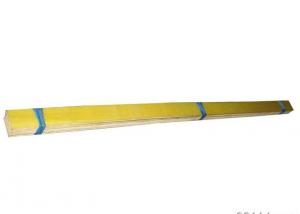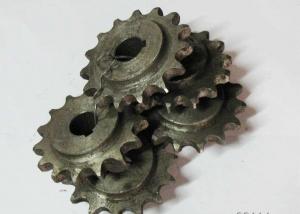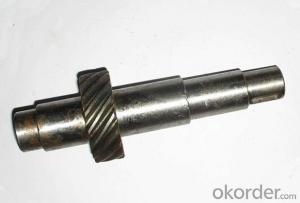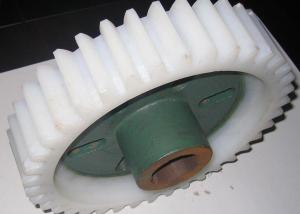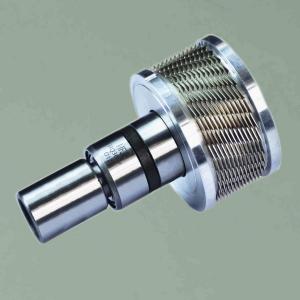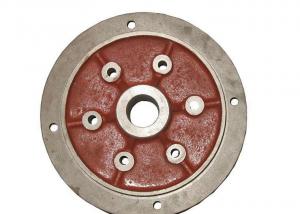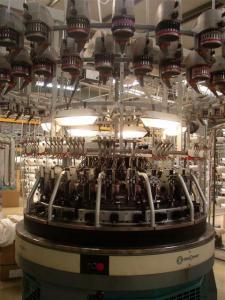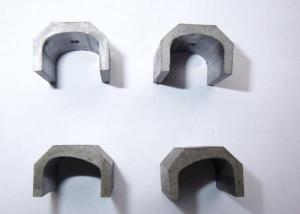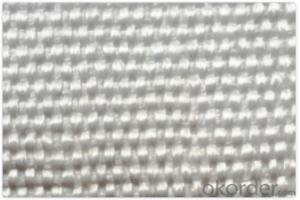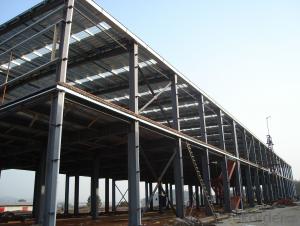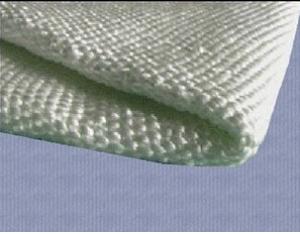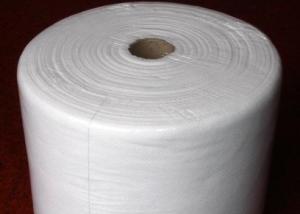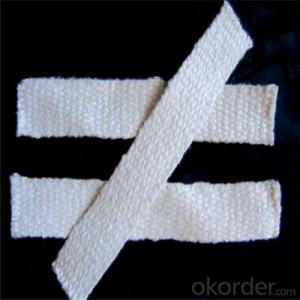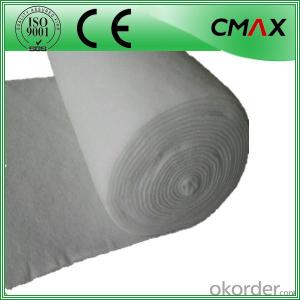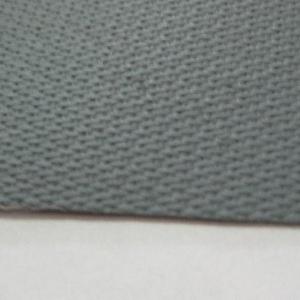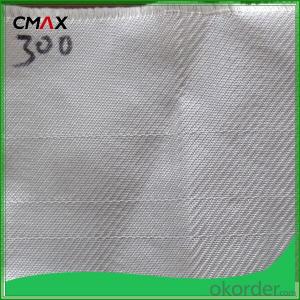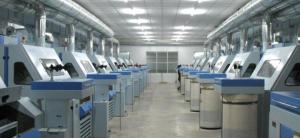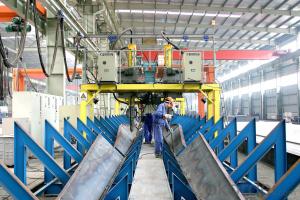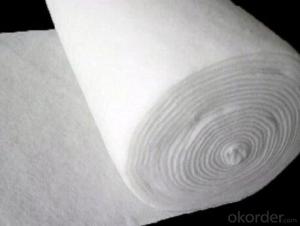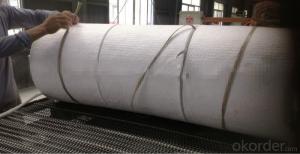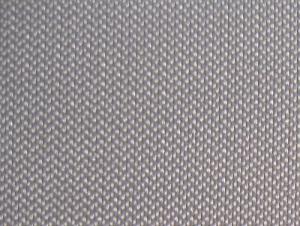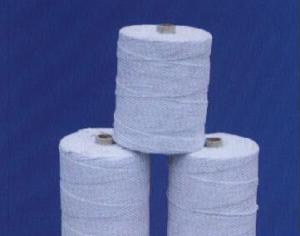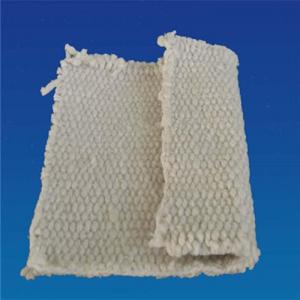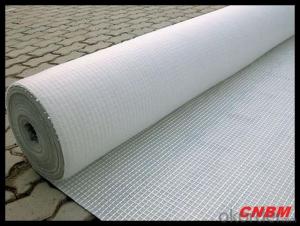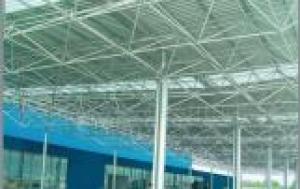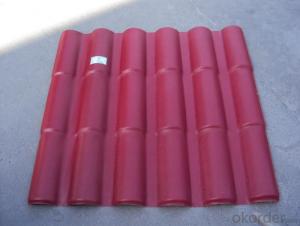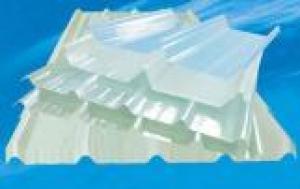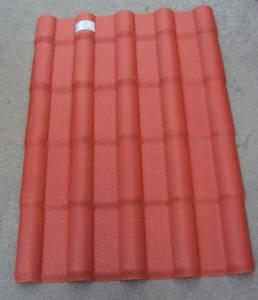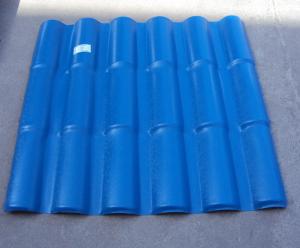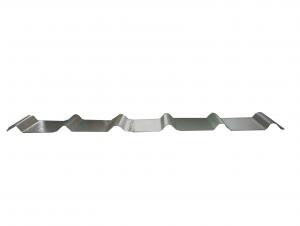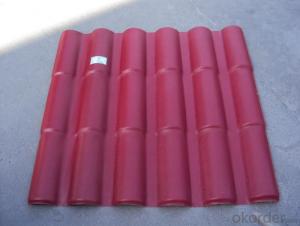Structures Textiles
Structures Textiles Related Searches
Textile Fiber Fine Home Textiles Cloth Material Fabric Fabric Formwork Plastic Shapes Structure Pipe Devilla Home Textiles Yarns And Fibres Textilene Fabric Suppliers Uk Furniture Packaging Materials Materials For Formwork Silica Fabrics Terratex Nonwoven Geotextiles Terram Geotextile Plastics Raw Materials Jute Geotextiles Texture Coating Exterior Walls Housing Modules Plastic Cores Tubes Striking Formwork Antique Rugs Steel Building Homes Sewing Yarn Exterior Textured Wall Coatings Rubber Tube Fittings Geosynthetic Fabric Drainage Fittings Washable Rugs Fibrillated Yarn Synthetic LubricantsStructures Textiles Supplier & Manufacturer from China
Structures Textiles is a category of fabrics specifically designed for architectural and construction purposes, offering a wide range of materials such as tension fabrics, shade sails, and architectural membranes. These textiles are engineered to provide strength, durability, and aesthetic appeal in various applications, making them an essential component in modern architecture and infrastructure projects. The versatility of Structures Textiles allows them to be utilized in a variety of settings, from outdoor canopies and pavilions to large-scale commercial buildings and sports facilities. Their ability to withstand harsh weather conditions and provide UV protection makes them ideal for both functional and decorative purposes in a diverse range of environments.Okorder.com is a leading wholesale supplier of Structures Textiles, boasting an extensive inventory that caters to the needs of architects, designers, and contractors alike. As an established platform for sourcing high-quality materials, Okorder.com ensures that their Structures Textiles meet the highest industry standards, providing customers with reliable and durable solutions for their projects. With a commitment to customer satisfaction and a focus on delivering exceptional value, Okorder.com has become a trusted source for Structures Textiles, helping clients bring their vision to life with confidence and ease.
Hot Products
